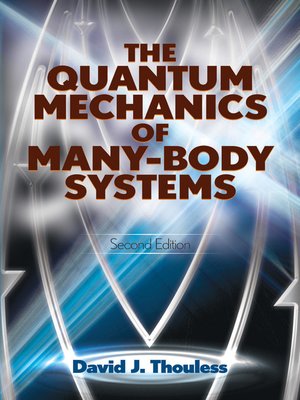
Sign up to save your library
With an OverDrive account, you can save your favorite libraries for at-a-glance information about availability. Find out more about OverDrive accounts.
Find this title in Libby, the library reading app by OverDrive.



Search for a digital library with this title
Title found at these libraries:
| Library Name | Distance |
|---|---|
| Loading... |
Written by a co-winner of the 2016 Nobel Prize in physics, this monograph introduces advanced undergraduates and graduate students of physics to the "many-body" theory in theoretical physics. The treatment addresses problems and solutions related to nuclear and atomic physics, the electron theory of metals, and the theories of liquid helium three and four. A unified account of the field rather than a description of parallel methods, the text's main thematic approaches include the self-consistent field and its generalizations, perturbation theory and the use of Feynman diagrams, and the use of Green functions to describe excitations of a many-body system. The primary emphasis is on the theories of atomic nuclei, the electron gas, superconductivity, and liquid helium three. A familiarity with the principles of nonrelativistic quantum mechanics and statistical mechanics is assumed, but a detailed knowledge of nuclear and solid state physics is unnecessary.







